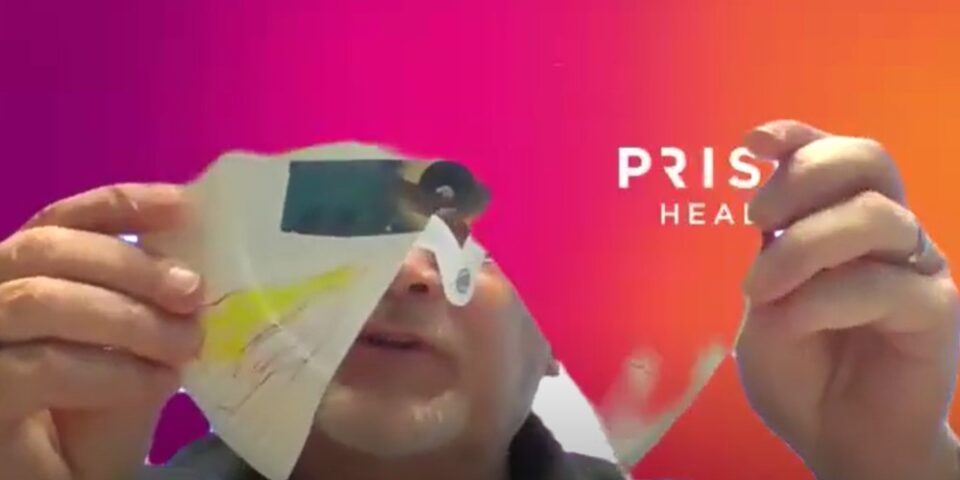Safely seeing the solar eclipse
While a solar eclipse may be total, annular or partial, even a partial eclipse can still pose very real risks for the health of you and your loved ones. In this video, Prisma Health pediatric ophthalmologist Dr. Janette White, MD, and pediatric optician Grant Brown offered tips on safely seeing the solar eclipse for adults and children.
Most of us are well aware that looking directly at the sun causes serious damage to your eyes and can even cause blindness. Unfortunately, there’s a persistent myth that suggests that during the solar eclipse, the rays of the sun are less powerful and therefore safer to look at.
This simply isn’t true.
Even when visibly covered by the moon, the sun’s rays continue to have the same dangerous ability to damage our eyesight as they had before. Never look at the sun, even during an eclipse, without specialized eye protection.
“It’s safe to go outside, and it will be awesome to view the eclipse with and only with the proper equipment,” said Dr. Brown. “If you’re going to look at the sun even when it’s mostly covered, you’ll still need proper vision equipment to protect your eyes. Regular sunglasses won’t work.”
Eclipse glasses are available to purchase for both adults and children, and Dr. Brown noted that NASA even maintains advice on how to create a method for safely seeing the solar eclipse by creating your own ‘solar eclipse view box’, a great project for keeping kids involved while helping to protect their eyes.
Get kid-friendly care
Our pediatric experts can help your kids and teens be their healthiest.
Find a Pediatric Doctor
